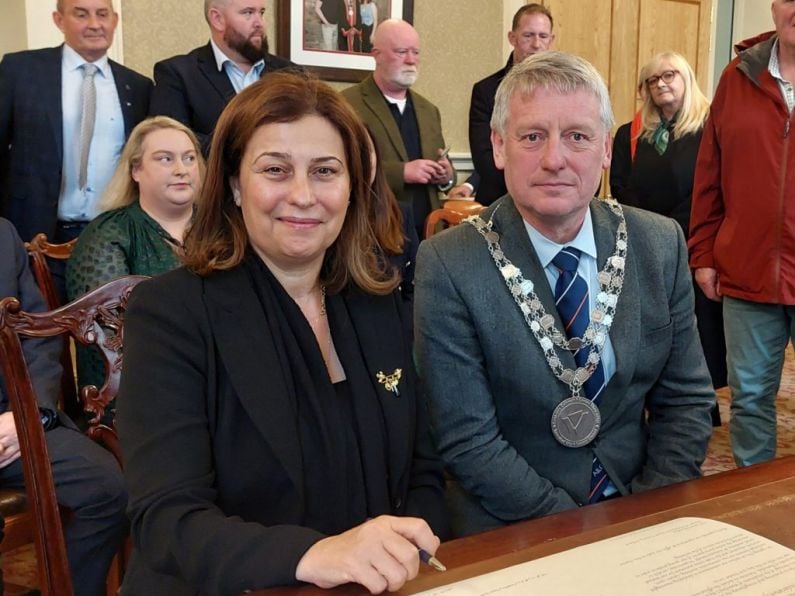Muireann Duffy
The Government has unveiled plans to introduce a new living wage, replacing the current minimum wage model.
Following research conducted by the Low Pay Commission last year, a number of proposals have been put forward based on recommendations made in the commission's report.
These include setting the living wage at 60 per cent of the median wage of any given year.
For this year, 60 per cent of the median wage amounts to €12.17 per hour while the current minimum wage is €10.50, reflecting the gap that existed between the two.
The new scheme will see the minimum wage remain in place until the living wage can be fully adopted in 2026. However, a statement from the Department of Enterprise, Trade and Employment said the minimum wage will "increase over the years as usual, closing the gap between it and the living wage".
From 2026, the living wage will become the new floor, meaning employers will not be able to pay their workers any less than that amount.
The department added that the Low Pay Commission will also be given discretion to introduce the full living wage at a faster or slower pace than the four years proposed, based on "prevailing economic circumstances".
"Better terms and conditions for employees must be one of the legacies of the pandemic," Minister for Enterprise, Trade and Employment Leo Varadkar said.
"It’s really important we get the balance right and I think this proposal achieves that, however I will be listening over the coming weeks for feedback before bringing a final plan to Government later this year," the Tánaiste added.












